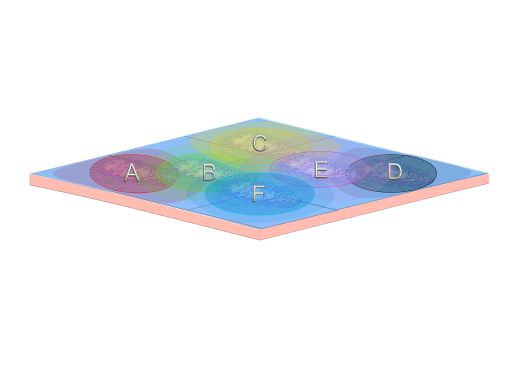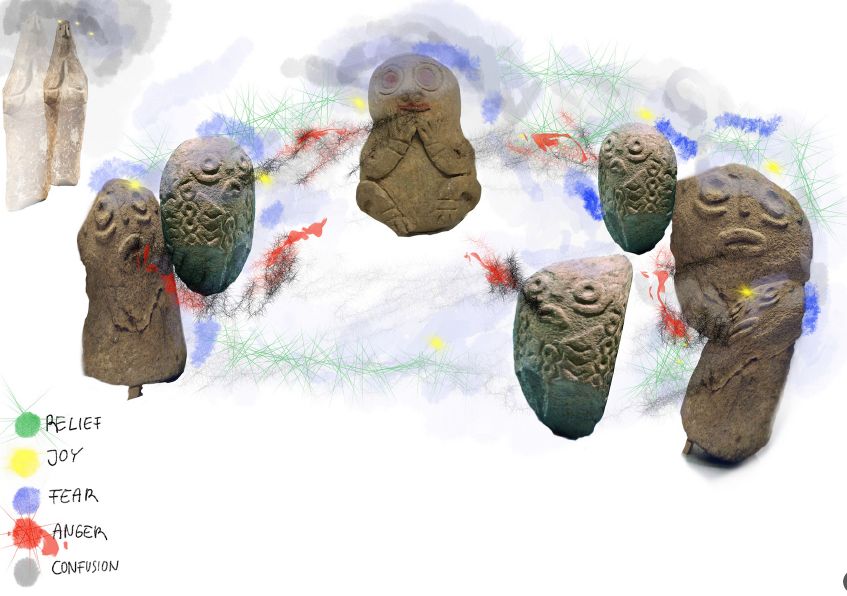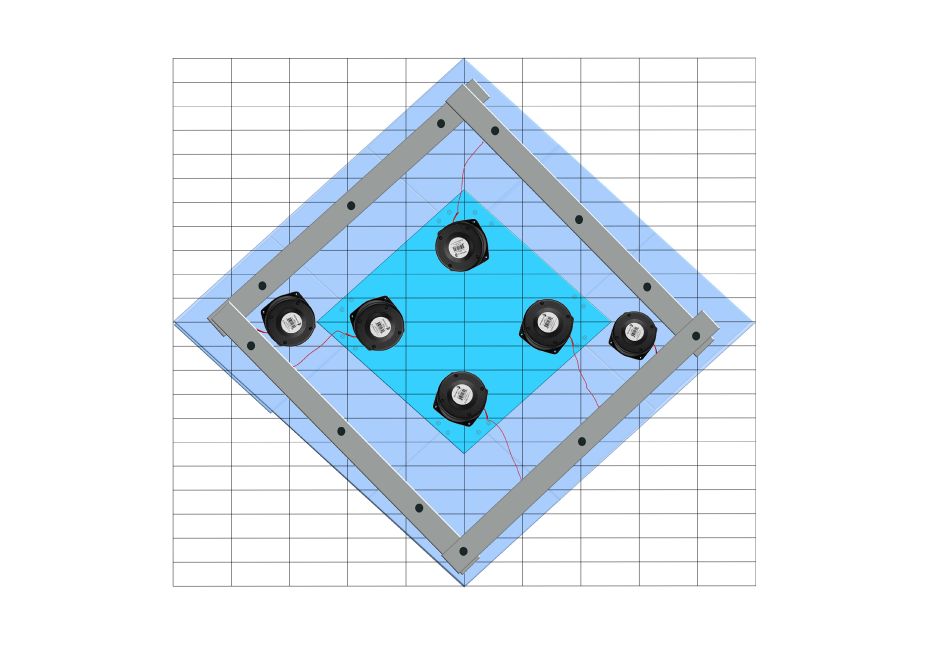Jan Munske (talk | contribs) No edit summary |
Jan Munske (talk | contribs) No edit summary |
||
| Line 103: | Line 103: | ||
This text marks the beginning of a longer work in which further workshops and research on this fascinating topic are in prospect. | This text marks the beginning of a longer work in which further workshops and research on this fascinating topic are in prospect. | ||
[[File:Plattform 2 .jpg|thumb|929x929px]] | [[File:Plattform 2 .jpg|thumb|929x929px]] | ||
Revision as of 13:09, 27 January 2024
In the midst of frustration, guilt and anger, five days behind schedule, a deep desire erupted within me.
It was a moment of despair in which I lost myself and allowed myself to be distracted by endless hours of YouTube consumption.
I lay on my bed, thoughts of unfinished tasks tormenting me, my hands clutching a pillow.
The restlessness that gripped me was all too familiar.
This feeling of inner restlessness manifested itself in uncontrollable teeth grinding and a constant tensing of my toes that no amount of distraction could prevent.
Sweat beaded on my skin and soaked my T-shirt as the minutes ticked away relentlessly on the clock.
But then I realised: I had to scream.
I had to get rid of this pressure and these emotions.
It was no longer acceptable to remain in silence, to allow myself to be overwhelmed by outside influences and to suppress my feelings. It was time to hear myself, recognise my inner conflicts and find the courage to speak up.
In an act of self-liberation, I opened my mouth.
I screamed, not with words, but with a loud, silent scream. My body shook, my fingers and toes tensed. It was a scream of rage, desperation and determination.
A scream that broke through the cold, silent processes in my head and forced me to act.
Screaming as liberation and silent communication: a journey into the world of expression
In a world where we are often forced to suppress our emotions, where external expectations and social norms stifle us, crying out is an act of liberation. It is a way of being honest with yourself, recognising inner conflicts and finding the courage to raise your voice.
This cry is a rebellion against the suppression of our feelings and a reminder of our existence and the authenticity of our emotions.
Crying is not only an individual expression, but also an act of self-assertion that reminds us that we exist, our feelings are real and our voices matter. It opens up alternative ways of expressing ourselves when words fail and becomes a powerful medium, an expression that resonates deep within ourselves.
This idea emphasises that communication is not limited to the spoken word. Our voice and body are instruments of expression that go beyond mere language and can convey joy, pain, anger, despair or liberation. They offer comfort and solidarity when words fail and convey messages of hope or warning that can be understood across language barriers.
Shouting is more than just noise. It is a form of communication that gives us the power to express ourselves and be heard. In a world that is often stifled by social norms and expectations, screams are an act of liberation. They break the silence and penetrate the surface of our control. They are the silent expression of our innermost conflicts and deepest desires, and in this silent communication we find not only our own liberation, but also a connection to others going through similar struggles.
The art of shouting reminds us that sometimes the quietest words are the most powerful. In a world where silence often prevails, the cries are the ones that remind us that life is full of emotions worth expressing. Our journey into the world of expression through screams shows us that liberation happens through noise and silence alike and that our voices should be heard in all their forms.
Observation paper on Screaming Workshops: An exploration of emotion, community and media change from my perspective
This summer I had the opportunity to lead "screaming workshops" in a variety of settings and with diverse groups of participants. These experiences have been extremely enlightening for me and have broadened my perspective on screaming as a form of expression. It is important to note that I do not wish to take a hierarchical position, but rather explore and share screaming out of personal necessity. My aim is to explore and understand the emotions that crying evokes, while offering an invitation to a shared experience.
A wide range of emotional reactions:
During the crying sessions, I was able to observe a wide range of emotional reactions from the participants. Some seemed relieved as they screamed, others seemed scared or embarrassed. Still others experienced a mixture of feelings. This variety of emotions illustrated the profound effect of crying on an individual level. As the workshop leader, I also experienced my own emotions, especially the fear of the participants' reaction and the pressure for the workshop to be successful. At the same time, I felt the urgent need to shout together with the participants to express my own feelings. It was amazing to realise how beneficial shouting could be and how it helped me to release my own emotions.
Community and silence:
After the intense shouting in the workshop, a mesmerising silence emerges, accompanied by a heightened sense of community. These moments of silence not only act as breathing spaces, but also create a physical connection between the participants. The question of how this silence can be used creatively to enrich the workshop led to thoughts about the integration of Heart-to-Heart.
"Heart-to-Heart" is an artistic work by Chanitnanth Phadungnanonth that explores the physical connection between people through the senses, especially the heartbeat. The installation provides a sensory experience in which participants' heartbeats are transformed into tangible vibrations. This transformation aims to make invisible connections tangible and utilise the heartbeat as a means of communication. The work emphasises that communication is not limited to spoken words and opens up new ways of interpersonal interaction beyond verbal forms of expression.
The question that then arose was how these moments of silence and strengthened community could be creatively integrated into the workshop.
It became clear that these moments could be seen not just as breathing spaces, but as powerful connection time.
Integration of Heart-to-Heart:
The heartbeat communication of Heart-to-Heart could serve as a bridge that fills the silence with a new form of non-verbal communication. As participants gather in this phase, they could feel each other's heartbeats and thus experience a deep, shared resonance. A modified table with bass shakers would be activated to transmit the heartbeats in a vibro-tactile way, creating a synaesthetic experience.
After the screaming session, the participants gather around the prepared table in the centre of the group. Here they lay their (heads) down together while the heartbeat sounds of all participants are transmitted to the table in real time via the microphones. The bass shakers amplify each individual heartbeat and make the table vibrate from the different heartbeats.
In this shared experience, the participants feel the vibrations of the heartbeats of all those resting on the table, creating a unique and intimate experience. The heartbeat becomes a shared pulse that strengthens the emotional connection. This silent communication of listening is different from the previous shouting, as each heartbeat is instinctive.
Deepening the sense of community:
This integration would not only allow for individual reflection in silence, but would also take the sense of community to a new level. The collective heartbeats would metaphorically and physically reflect the heartbeats of the community, and so the silence would become a rich, communal dialogue.
Outlook and further development:
The connection between the natural silence after the cry and the creative integration of Heart-to-Heart opens up a promising space for further development of the workshop. The question arises as to how the participants' experiences are transformed by this integration and how this expanded form of community could lead to a sustainable enrichment of the overall experience.
Workshop format and change of media:
The idea of realising these experiences in workshops was a deliberate change of media. How can we create a neutral space in which participants can express themselves freely without establishing hierarchies? In which rooms can this workshop function and how can the participants be adequately prepared? These questions are crucial and offer room for further exploration).
Conceptual analysis of space in relation to screaming practice:
The conceptualisation of space in screaming practice goes beyond the purely physical dimension and considers the performative nature of the space in the context of the participants and spectators. The challenge is to understand the environment as part of the overall perception and to analyse how it influences the emotional expression of the participants and the reactions of the audience.
In addition, of course, there is also the reverse of this, which may also reveal the spectators' perceptual reactions.
The space is not only seen as a physical entity. Rather, it is assigned an active role - it becomes the space for the cry that comes out of the participants. This intention (unintentionally) has a very performative power. The space becomes a stage, particularly provocative in public spaces.
The presence of spectators, both knowing and unknowing, creates a complex tension in the space. Knowledgeable spectators may have an attitude of expectation, while ignorant spectators may react with surprise and possible uncertainty. This tension influences the participants as they are aware of the different perspectives and may adjust their emotional expressions.
The choice of different locations, be it a marketplace, a park, a forest or an exhibition space, influences the emotional spatiality of the workshop. Public spaces can provoke unpredictable reactions as social norms and expectations of the space vary. The emotionality of the space is heightened or softened by the physical environment, which can lead to different expressions and experiences from participants.
The challenge (for the workshop leader) is to encourage the intended emotional expressions of the participants on the one hand and to respond openly to the different reactions of the audience on the other. The tension between the knowers and the unknowers requires fine-tuning to maintain the authenticity of the workshop while creating a safe environment - provocative on the outside, but creating an inclusive space on the inside.
The conceptual analysis of space in screaming practice takes into account its performative nature and the interaction with the emotional expressions of the participants as well as the reactions of the audience. The physical space becomes an integral part of the overall experience, with the challenge being to create a balanced and authentic environment that supports the desired emotional expressions(.) and (simultaneously responds to the diversity of audience reactions). This doesn't have to be tried so hard, as a scream has power enough.
The workshop offers an excellent opportunity to explore and deepen the practice of screaming as an artistic expression. This could mean trying out different screaming techniques, investigating the effect of screaming on the audience or even exploring the history of screaming expression in art.
Reactions and further development:
Some participants reported increased emotional expression and a deeper connection to their own feelings through crying. Participants also developed a deeper understanding of emotional expression and gained new insights into the effect of crying on their feelings. These two types of gains are closely linked and can be mutually reinforcing, as emotional experiences can often deepen understanding.
This text marks the beginning of a longer work in which further workshops and research on this fascinating topic are in prospect.


